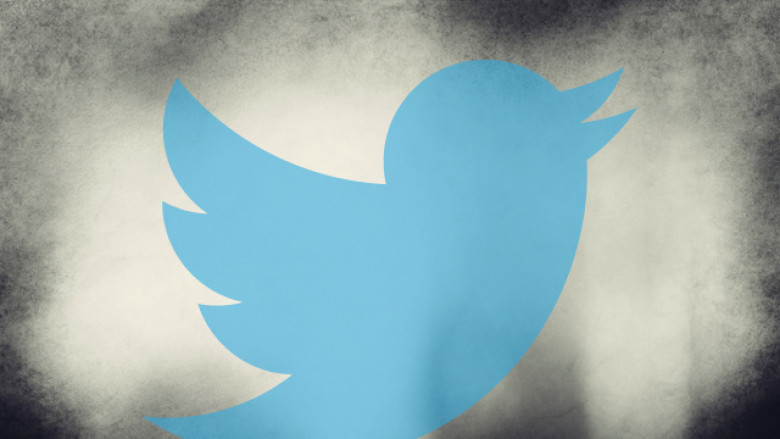How Scientists Can Tell if Your Tweets are Truthful
When something momentous is unfolding—the Arab Spring, Hurricane Sandy, Friday’s horrific elementary school shooting in Connecticut—Twitter is the world's fastest, most comprehensive, and least reliable source of breaking news. If you were on the microblogging site Friday afternoon, you were among the first to hear the death toll, watch the devastated reactions, and delve into the personal details of the man the media initially identified as a killer. But there’s also a good chance you were taken in by some of the many falsehoods that were flying, like a letter one of the young victims purportedly wrote to his mother before the shooter entered the classroom. And, of course, all of those social media pages that were making the rounds turned out to belong to innocent people, including the real suspect’s brother.
The hoaxes and mistaken identities pale in importance next to Friday’s real tragedy, of course. The victims and the apparent perpetrator were already dead, and nothing anyone wrote on social media was going to change that. But they caused unnecessary hurt and confusion. And in ongoing events like natural disasters, the stakes of Twitter misinformation can be much higher. During Sandy, for instance, some tweets helped emergency responders figure out where to direct resources. Others provoked needless panic, such as one claiming that the Coney Island hospital was on fire. And a few were downright dangerous, such as the one claiming that people should stop using 911 because the lines were jammed.










































































